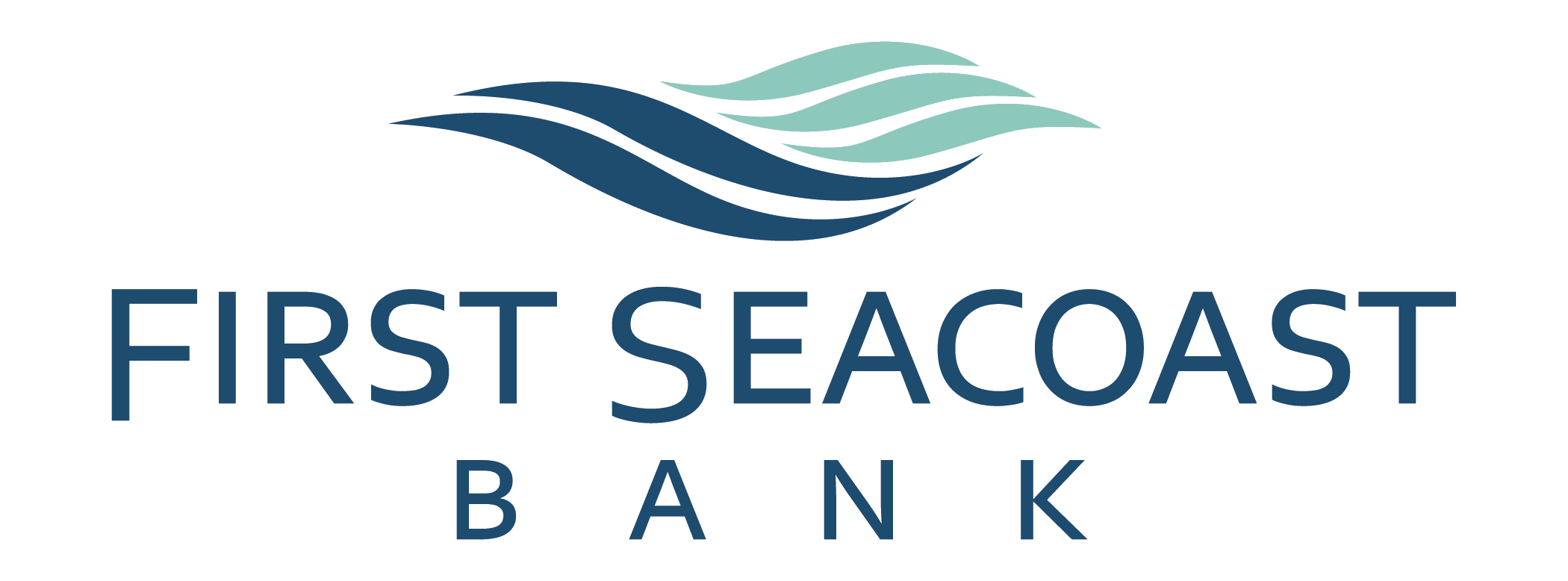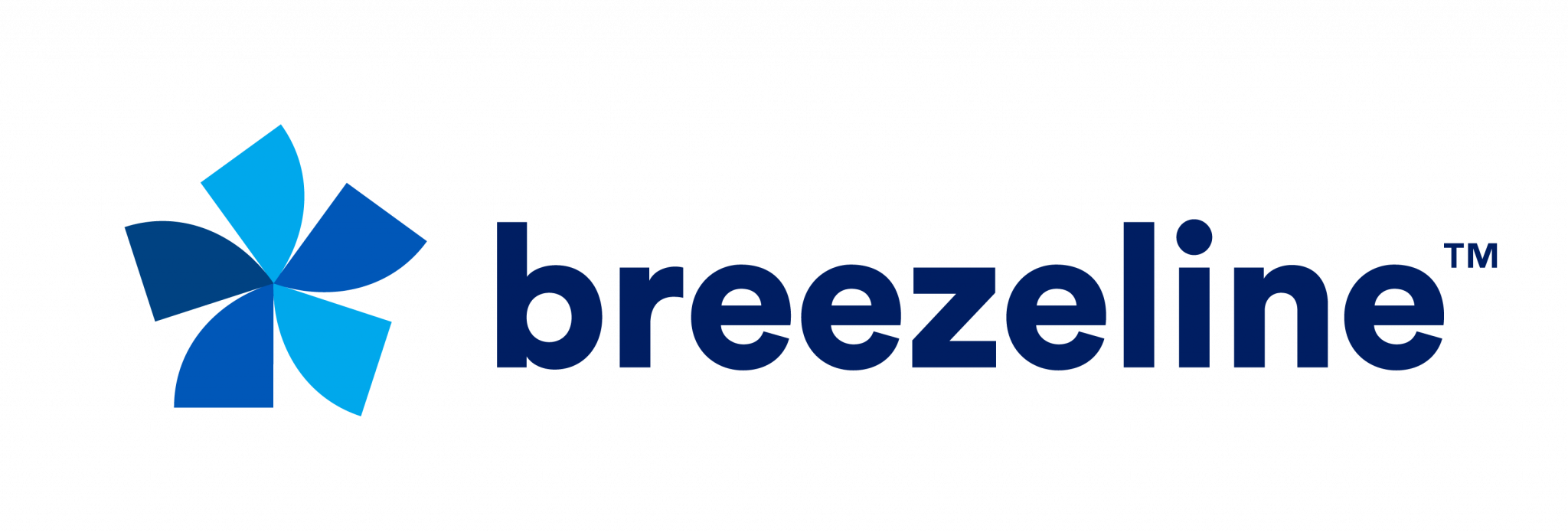Running a small business in the Greater Rochester region means juggling many moving parts — from employees and vendors to customers and regulations. When communication breaks down, even small misunderstandings can snowball into expensive problems. Let’s explore simple, proven ways to avoid these pitfalls and keep your operations running smoothly.
TL;DR
Misunderstandings drain time and profit. Clearly define roles, document agreements, and maintain transparency with employees, vendors, and customers. Strong documentation and open communication prevent conflict, protect compliance, and build trust so your team can focus on growth.
Clear Roles Keep Everyone Accountable
Employees thrive when they know exactly what’s expected. Confusion about responsibilities often leads to duplicated effort or missed tasks. Start with written job descriptions and update them as your business evolves. Tools like Asana or Basecamp can help teams visualize responsibilities without endless meetings.
Quick Win: Review all role descriptions quarterly. If your team is fewer than 20 people, keep one shared document in Google Workspace for clarity.
Checklist: Preventing Miscommunication at Work
Every employee has an up-to-date job description.
Vendors have written agreements and contact points.
Customer policies are posted online and in-store.
Communication channels (Slack, email, etc.) are standardized.
Meeting notes and decisions are documented.
Legal or compliance requirements are verified quarterly.
Consider using ClickUp or Monday.com to track these actions.
Transparent Policies Build Trust
Customers appreciate honesty about pricing, return policies, and delivery timelines. Make these visible on your website and invoices. Transparency reduces disputes and boosts loyalty. You can look at how Shopify’s policy generator structures common statements for inspiration.
Example: “All returns must be processed within 30 days. Refunds are issued within five business days.” Short, clear, and easy to enforce.
Table: Common Misunderstandings & Simple Fixes
|
Situation |
Risk |
Preventive Step |
Recommended Tool |
|
Employee unsure of reporting lines |
Missed deadlines |
Update org chart quarterly |
|
|
Vendor disagrees on delivery terms |
Project delays |
Written scope of work and signature |
|
|
Customers question warranty limits |
Refund disputes |
Public policy page |
|
|
Compliance paperwork lost |
Fines or audits |
Digital archive with versioning |
Why Early Documentation Matters
A memorandum of understanding (MOU) can be invaluable when exploring new partnerships. Even when not legally binding, outlining goals, roles, and timelines ensures both parties understand the collaboration’s purpose. Review the details of the memorandum of understanding to see how this early documentation step fosters trust and sets a smoother path toward formal agreements.
FAQ: Reducing Misunderstandings in Small Business
Q1: What’s the most common source of miscommunication?
A: Unclear expectations — especially between owners and employees. Fix it with role clarity and consistent updates.
Q2: How can I document without creating red tape?
A: Keep it simple: short checklists, shared folders, and version control. Use Evernote Enterprise or similar tools.
Q3: How often should I review compliance documents?
A: At least twice a year, or anytime regulations affecting your industry change.
Product Spotlight: Airtable
If you’re looking for a flexible system to track staff roles, vendor contacts, and policy documents all in one dashboard, Airtable is worth exploring. It combines the simplicity of a spreadsheet with the power of a database, ideal for growing teams who need structure without bureaucracy.
How-To: Build a Clarity Habit
-
Write it down — decisions, expectations, timelines.
-
Confirm understanding — ask for written acknowledgment.
-
Centralize everything — no more “lost in email” issues.
-
Review regularly — especially before peak seasons.
-
Celebrate clarity — reward team members who simplify communication.
Misunderstandings cost more than time — they erode trust. For small businesses in the Greater Rochester Chamber of Commerce community, clarity is a growth strategy. With written policies, transparent communication, and proactive documentation, you’ll spend less time fixing problems and more time building what matters.
















